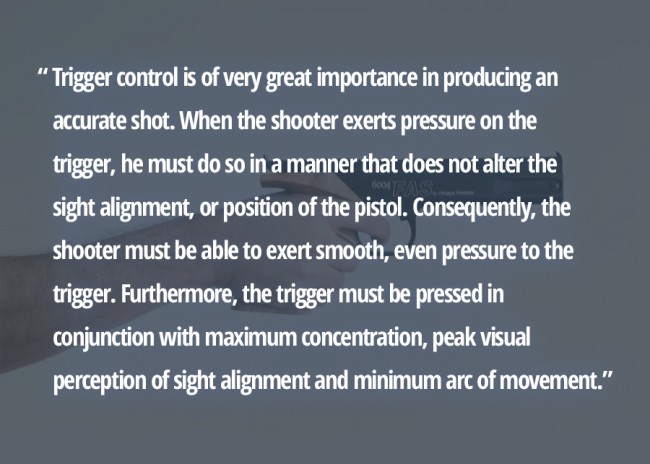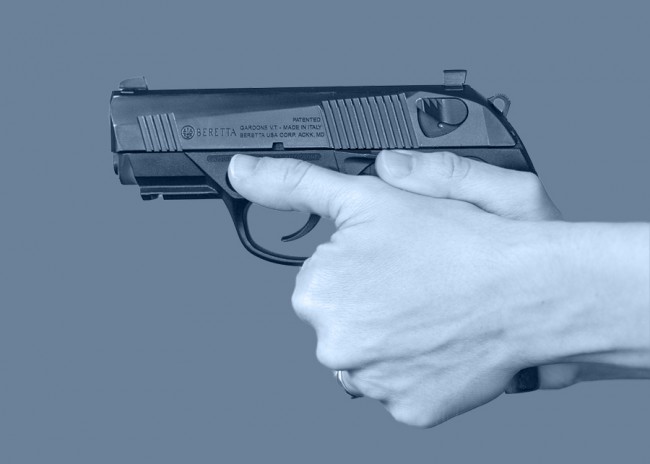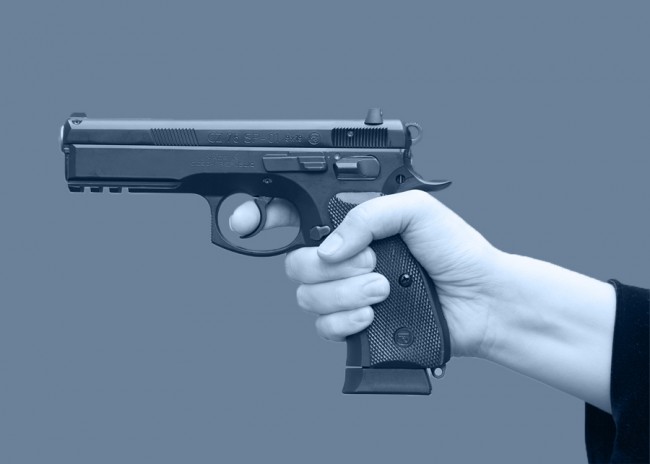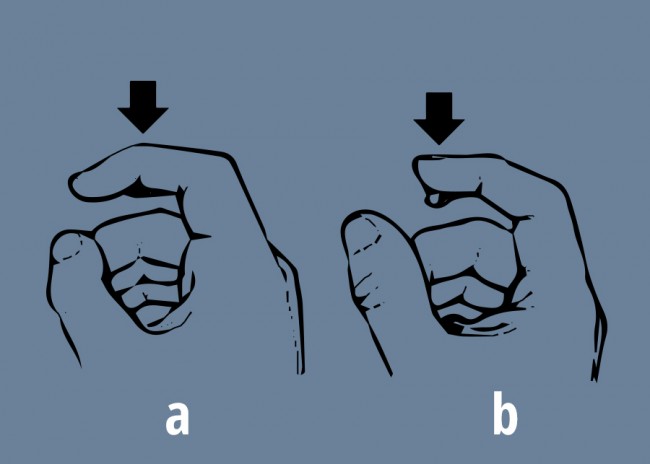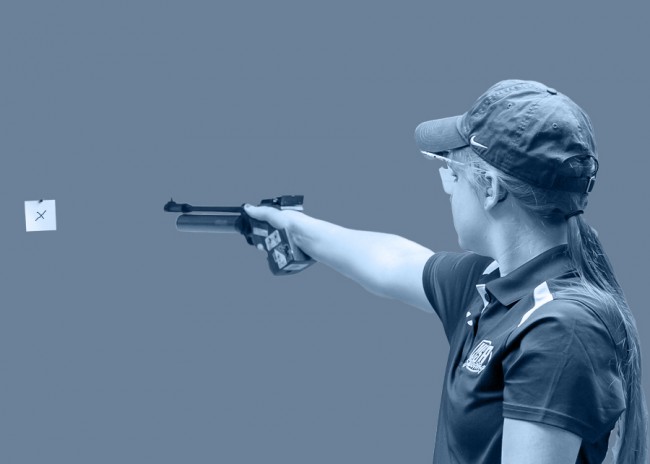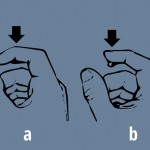When it comes to accuracy, fundamentals are essential. Whether it’s a pistol or a rifle, the basics are the same: sight alignment, breath control, and trigger control. Of course it sounds so simple but we all know that mastering just those three basic principals can take a lifetime of practice. Though none of the essential skills required for accurate shooting is more important than the others, trigger control can be one of the hardest to master and as such many shooters spend hours of practice time perfecting the art.
But what exactly makes up a correct trigger pull and how do the mechanics of the trigger itself effect that pull and the resulting shot? Obviously, that is asking a lot, there is enough material out there on the subject that one could easily fill an entire book, but for this article we’ll try to stick to the basics. The U.S. Army Marksmanship Unit’s “Pistol Marksmanship Training Guide” offers a fantastic explanation of why trigger control is essential to accuracy, stating:
This really sums up what we’re trying to accomplish for both pistol or rifle. Key for a sport like 10m where accuracy is incredibly fine tuned, but applicable to all shooting sports and disciplines. So let’s break down the few key steps when pulling the trigger to see if we can improve your accuracy and make the best shot possible.
1- Proper Grip: The first step to the trigger finger being able to properly pull the trigger is to ensure that the grip on the rifle or pistol is correct. For rifles this means that the trigger hand is firmly gripped around the stock applying slight rearward pressure into the shoulder and the support hand is gripping the fore end of the rifle supporting the rifle.
Pistols, on the other hand, can be fired either single or two handed. In the case of a two-handed grip, the fingers of the shooting hand should be wrapped around this pistol with the fingers of the support hand wrapped over those if the shooting hand. Thumbs should be placed either forward along the slide or slightly upward. A slight pressure forward from one hand should be countered by a slight pressure to the rear from the other.
When using a single hand the shooting hand should again be wrapped firmly around the grip of the pistol with the fingers close together locked in the pistol grip.
2- Proper Trigger Finger Placement: The finger should be placed on the trigger at either the first joint (image a) or on the first bone of the trigger finger (image b) so that the trigger can be pulled straight to the rear. The movement of the trigger should be straight back and linear. If the trigger is pulled and the finger is also imparting lateral pressure on the trigger, this side pressure can cause pulled or thrown shots. For some shooters it is easier to imagine the action of pressing a button rather than pulling a trigger. A button is pressed straight back rather than pulled.
Pressure should be consistent and steady regardless of how fast the trigger is pulled. Jerking or “slapping” the trigger will lead to inaccuracy. A steady, deliberate press of the trigger for every shot should yield optimal results.
3- Coordination: The last step is essentially putting it all together. Combining the fundamentals of a solid stance, a proper grip, and a smooth deliberate press of the trigger should result in an accurate, well placed shot. One of the best ways to practice coordination and the fundamentals of proper trigger control is dry firing or “snapping in”. Of course you will want to make sure that your gun can be safely dry fired without damaging the gun (whether air rifle or powder burner). You will also need to be 100% positive that the gun is clear and safe without any ammunition in the gun. I like to unload my gun in one room and then step into another room before starting my dry fire practice, that way I run no risk of a negligent discharge.
For rifle practice I place a small target on the wall, and then slowly make sure that my stance grip and trigger pull are perfect before breaking each shot. For pistol, I will use a slightly larger target or sometimes just a Post-It note stuck to a wall. Of course you will want to be sure that you are dry firing in a safe direction, even after ensuring the gun is unloaded. Dry fire practice is a great way to hone your skills without having to make a trip to the range or spend money on ammo. Best of all it can literally be done any time. Many competitive shooters will spend just as much time dry firing as they do on the range.
Trigger control sounds a lot more simple in theory than it does in practice and each shooter may find that slight alterations to the aforementioned basics might work better for them. However, applying the basics and judicious practice are really key to becoming the best marksman you can. That’s one of the main reasons that I love airgunning. Using an air rifle gives you a great way to practice and practice and then practice some more without breaking the bank. Once you realize that punching holes in paper is punching holes in paper regardless of the gun you use then the prospect of shooting an airgun is just as exciting as shooting powder burners. The best part is the skill will translate. I may spend the spring and summer out on the field target course or shooting at local 10 meter matches, but when deer season rolls around in October, all those skills I’ve been practicing with airguns all year translate directly to my deer rifle. Shooting is shooting, and that’s what makes nailing down the fundamentals so important.
